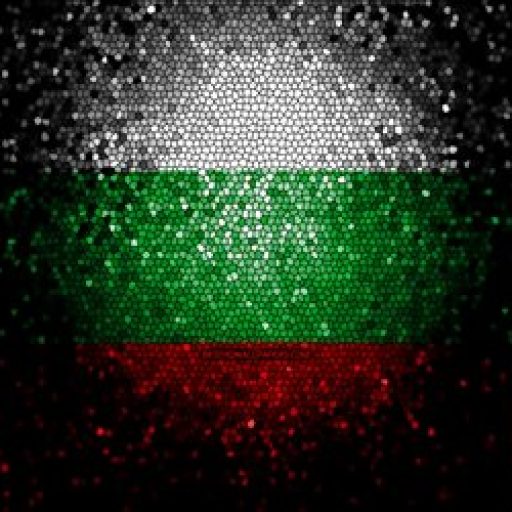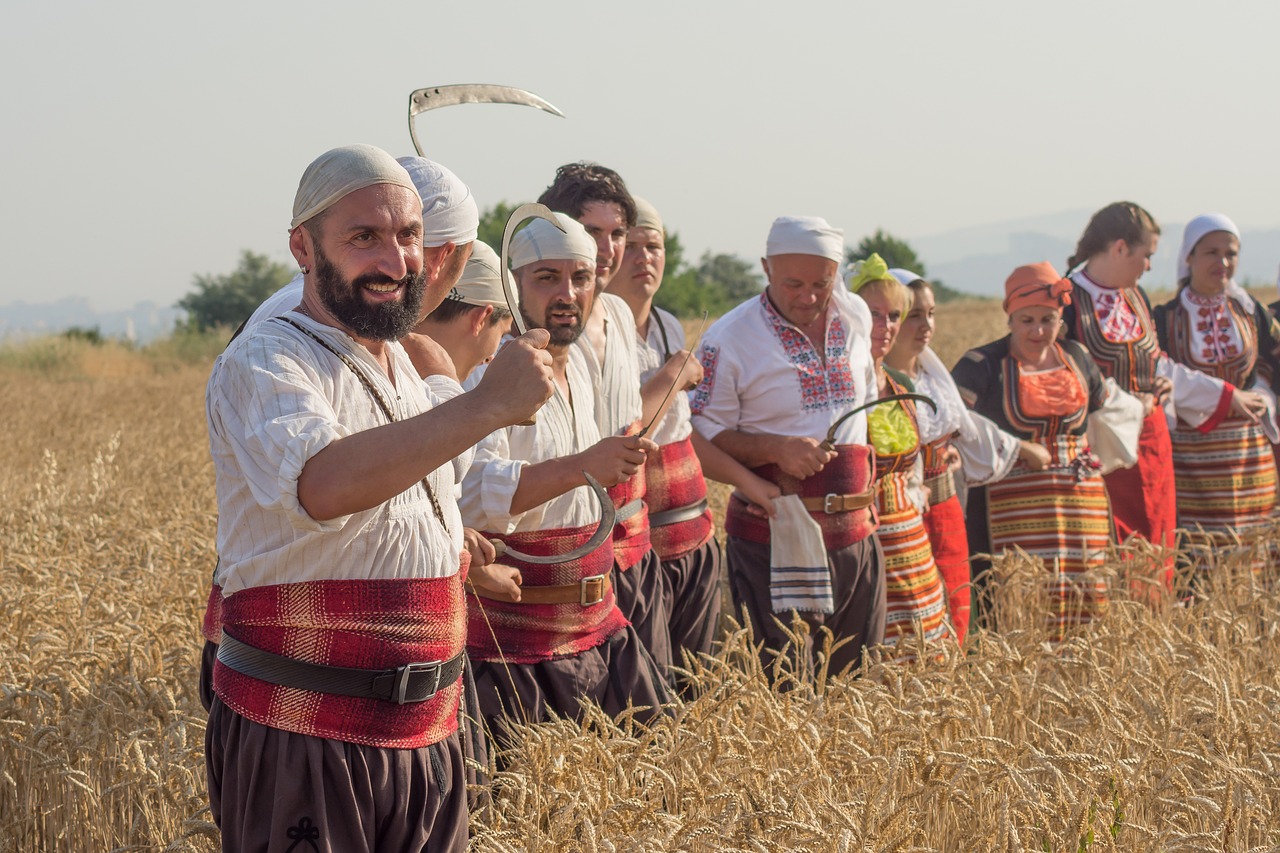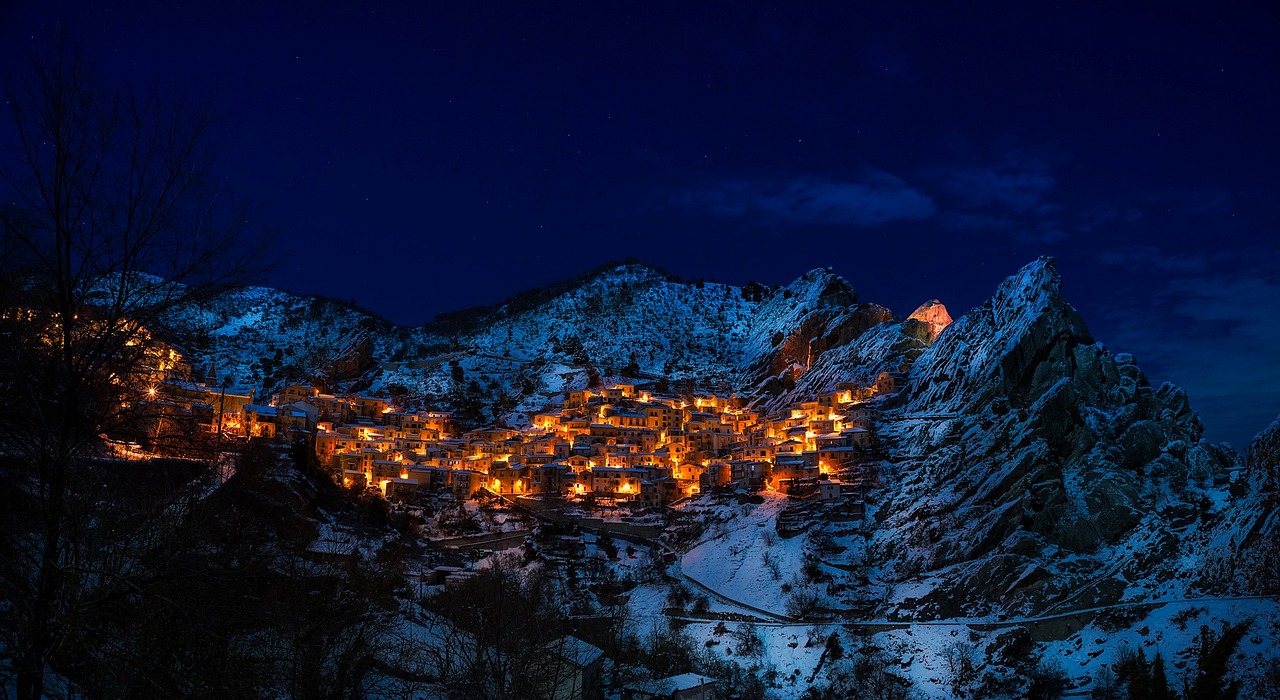"History is not a burden, nor an anchor; it is a sail that propels us forward." This timeless adage perfectly encapsulates the essence of Sofia, the capital of Bulgaria. Situated in the western part of the country, Sofia is a vibrant city that serves as a crossroads of history and culture. With a rich and storied past that spans thousands of years, this city stands as a testament to the enduring spirit of humanity.
From its origins as Serdika, a Thracian settlement, to its transformation into a Roman city under the reign of Constantine the Great, Sofia has witnessed the rise and fall of civilizations. Under Ottoman rule for five centuries, the city finally regained its independence in 1878. Today, Sofia proudly showcases its architectural marvels, such as The Eastern Gate, Saint Sofia Basilica, and The Memorial Church Saint Alexander Nevsky.
But Sofia is not just a city frozen in time. It is a living, breathing entity that embraces cultural diversity and offers a plethora of recreational opportunities. With its vibrant cultural events, museums, and educational institutions, Sofia beckons to those who seek freedom, knowledge, and a deeper understanding of the human experience. Join us on a journey through Sofia, where the past and present converge, and history becomes a sail that propels us towards a brighter future.
Key Takeaways
- Sofia is the capital and largest city of Bulgaria, strategically located at a crossroads between Western Europe and Istanbul, as well as The Near East and The Middle East.
- The city has a rich history, with settlements dating back thousands of years, and has been under Roman, Byzantine, and Ottoman rule.
- Sofia is home to many valuable monuments and landmarks, such as The Eastern Gate, Saint Sofia Basilica, and The Memorial Church Saint Alexander Nevsky.
- The city offers a diverse cultural landscape, with a variety of museums, educational institutions, and religious monuments representing different faiths.
Geographical Location
Sofia’s geographical location at the crossroads between Western Europe, Istanbul, The Near East, and The Middle East has made it strategically significant throughout its history. Situated in the western part of Bulgaria, Sofia serves as a vibrant hub connecting different regions. This strategic location has contributed to the city’s growth and development, making it a center for trade, culture, and political influence. Sofia’s proximity to the capitals of Balkan countries further enhances its significance as a major crossroads. The city’s position has allowed for the exchange of ideas, goods, and cultural influences from various directions. This has resulted in a diverse and dynamic city life, with a rich history and a blend of different cultures. Sofia’s strategic location has undoubtedly played a crucial role in shaping its identity as a cosmopolitan and thriving city.
Historical Significance
The city of Sofia has served as a pivotal point of convergence for travelers and trade routes, likened to a bustling intersection where different civilizations and influences intersected. Its historical significance is evident in the diverse architectural styles and cultural landmarks that dot the cityscape. Sofia’s five centuries under Ottoman rule left an indelible mark on its history and culture. The Ottoman influence can be seen in the city’s Islamic architecture, such as the Banya Bashi Mosque and the Ottoman baths. This period also contributed to the city’s religious diversity, with Christian, Islamic, and Jewish monuments coexisting in close proximity. Sofia’s rich history, shaped by both Roman and Ottoman rule, has made it a treasure trove of historical artifacts and architectural marvels. The city’s past continues to shape its present, making Sofia a captivating destination for history enthusiasts and cultural explorers.
| Roman Rule | Sofia was transformed into a Roman city during the reign of Emperor Marcus Ulpius Trajan. |
| Ottoman Rule | Sofia was under Ottoman rule for five centuries, leaving a lasting impact on its history and culture. |
| Religious Diversity | Sofia’s history of Roman and Ottoman rule contributed to its diverse religious landscape. |
| Historical Artifacts | Sofia’s rich history has made it a treasure trove of historical artifacts and architectural marvels. |
| Cultural Exploration | Sofia’s past continues to shape its present, making it a captivating destination for history and culture enthusiasts. |
Architectural Marvels
One notable aspect of the city’s landscape is its collection of impressive architectural marvels. Sofia, as a crossroads of history and culture, boasts a rich architectural heritage that reflects its diverse past. The city takes pride in its commitment to architectural preservation, ensuring that its historical buildings are safeguarded for future generations to appreciate. Some of the notable architectural marvels in Sofia include:
-
The Saint Sofia Basilica: A symbol of the city, this ancient church dates back to the 6th century and showcases Byzantine architectural influences.
-
The National Theater Ivan Vazov: A magnificent Neo-Baroque building, it is one of the most beautiful theaters in Europe.
-
The Alexander Nevsky Cathedral: A magnificent example of Neo-Byzantine architecture, this cathedral is one of the largest Eastern Orthodox cathedrals in the world.
-
The National Palace of Culture: A modern architectural masterpiece, this congress and exhibition center hosts various cultural events and conferences.
These architectural marvels highlight Sofia’s commitment to preserving its historical heritage while embracing modern architecture.
Cultural Attractions
Located in the heart of the city, these cultural attractions serve as a gateway to the soul of Sofia, inviting visitors to embark on a journey of discovery and enlightenment. Sofia is renowned for its vibrant cultural events that showcase the rich heritage and artistic expressions of the city. From music festivals to theater performances, the city offers a diverse range of cultural experiences for all to enjoy. Additionally, Sofia boasts a unique religious diversity, with Christian, Islamic, and Jewish monuments coexisting in close proximity. This harmonious blend of religious traditions adds a layer of depth and significance to the cultural fabric of the city. Exploring these cultural attractions in Sofia not only provides an insight into the city’s past and present, but also offers a glimpse into the diverse and multicultural society that thrives within its borders.
Recreational Opportunities
Recreational opportunities in Sofia encompass a wide range of activities that cater to various interests, including outdoor sports, leisurely strolls in parks, and visits to the city’s zoo and children’s play areas. Sofia offers ample outdoor activities for those seeking adventure and physical exercise. The city is surrounded by the beautiful Mount Vitosha, which provides opportunities for hiking, mountain biking, and skiing in the winter. Additionally, there are numerous parks throughout the city where visitors can enjoy a leisurely walk, have a picnic, or simply relax in nature. Sofia’s zoo is a popular destination for families, housing a variety of animal species and offering educational programs. Furthermore, the city has dedicated children’s play areas with playgrounds and interactive installations, ensuring that kids have fun and enjoyable experiences. In conclusion, Sofia provides a wide range of recreational options, ensuring that residents and visitors alike can find entertainment suitable to their preferences.
Frequently Asked Questions
What are some popular traditional Bulgarian dishes to try in Sofia?
Popular traditional Bulgarian dishes to try in Sofia include banitsa (a savory pastry filled with cheese or meat), tarator (a cold cucumber soup), kebapche (grilled minced meat), Shopska salad (a refreshing salad with tomatoes, cucumbers, peppers, and feta cheese), and mekitsi (fried dough served with jam or cheese).
What are the top events and festivals that take place in Sofia throughout the year?
Sofia hosts various events and festivals throughout the year, showcasing its vibrant culture. Some notable ones include the Sofia Film Festival, Sofia Pride, Sofia Music Weeks, and the International Festival of Puppet Art. These events attract both locals and tourists alike.
How can tourists get around the city of Sofia?
Tourists in Sofia have a plethora of transportation options to navigate the city. From an extensive public transportation system consisting of buses, trams, and a metro, to taxis and ride-sharing services, visitors can easily explore all that Sofia has to offer.
Are there any famous Bulgarian artists or musicians that have originated from Sofia?
Several famous Bulgarian artists and musicians have originated from Sofia. Some notable examples include Christo and Jeanne-Claude, a renowned artist duo known for their large-scale environmental installations, and the popular rock band "Kontrol".
What are some unique souvenirs or crafts that can be found in Sofia?
Discover unique souvenirs in Sofia, a crossroads of history and culture. From traditional Bulgarian crafts like hand-painted ceramics and rose oil products to intricately woven textiles and authentic Bulgarian dolls, there’s something for everyone. Don’t forget to try delicious Bulgarian dishes too.











